As you are holding the special 10th year edition of SEEbtm magazine, we find it might be interesting and useful to point out the changes that have marked event organization in the past decade.
With this in mind, we addressed event organizers of companies and hotels in our region and conducted a survey, to draw parallels in events “past and present”. Professional event organizers in the region for the most part (83,3%) believe today’s events are more innovative than 10 years ago. Changes are most evident in the technological level (according to 75% of survey participants). Organizers also point to changes in event marketing and promotion, and many believe the annual number of events has grown (nearly 60% indicated both trends of change). Furthermore, the form of events has undergone significant changes in the past ten years. Results also indicate a rise in the number of event participants (33%), prompting changes in event budgets which have grown compared to those of ten years ago, and boosting the number of people involved in the preparation of events (33,3%). The choice of event venues has likewise changed. Growing environmental awareness has also triggered changes in that aspect of event organization (Chart 1).
Technological changes in event organization
Event organizers agree on the growing use of technology in their activity and of individual innovative solutions. From the technical perspective, today’s events are more complex, with organizers often looking for new or custom made solutions to achieve the wow effect and a brand new experience, giving greater significance to the creative approach to production. Quick and easy access to information is a MUST, as is making the information available on social networks. Needless to say, internet access is as much a given as being served cutlery with lunch. So there is no need to bring your own equipment to a lecture venue, things are simply done – online. Preparations, invitations, lectures (video conferences, conference calls, presentations…) and payment. There is greater demand today for state-of-the-art equipment and audio and visual effects at the event venue. We are also witnesses to the growing use of modern technology, such as virtual reality, holograms, etc. Special technologies are used for production and logistics, and others for management and marketing. Interaction between people is easier thanks to social networks and mobile applications, facilitating business contacts and mutual trust.
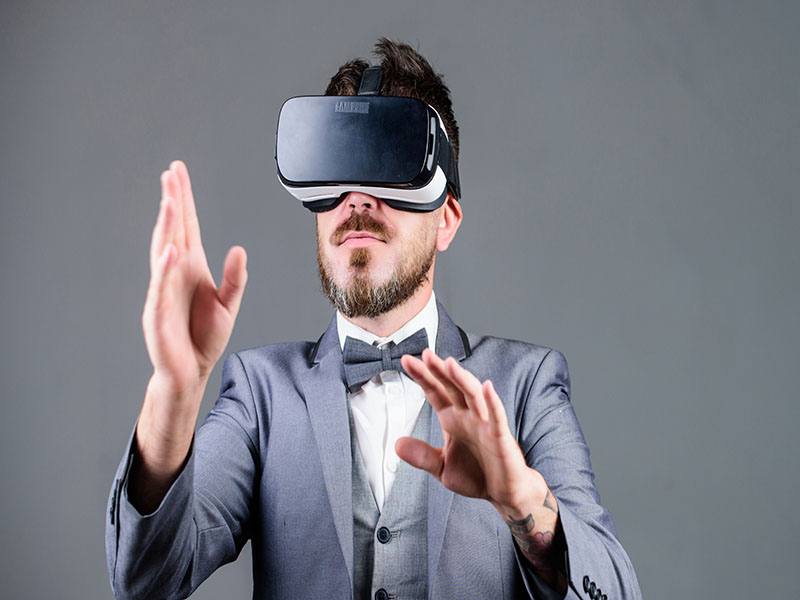
What are the preferred venues?
Hotels offering suitable congress and conference facilities, rooms and halls are, evidently, a favorite choice, however, there is also a growing demand for unusual venues. When the aim is to create an event for a specific target group, circumstances allowing, there is demand for informal, avant-garde venues, facilities otherwise used for other purposes, museums, historical buildings, theaters and new, atypical places and locations which have rarely or never been used.
Event form
Due to the event form, there are more panels, workshops, trainings and educational seminars. There is a greater number of foreign guests at panels than ten years ago and the lecturers are (or try to be) more innovative, with a view to improving the experience. Another trend is organizing business breakfasts instead of morning meetings. People work in smaller groups, with gigantic events becoming less popular. The greatest change in terms of form, however, is not really about form, or setup or size of the event. There is a growing tendency towards casual gatherings, involving imaginative details, and original and creative concepts. Here is an example – ten years ago it would never have occurred to event organizers to place lazy bags in a lecture hall. Today an innovative idea would be if you listened to a lecture perched on a crane (the so-called „dinner in the skyʺ in London, Dubai, etc.) or hanging from a rope. These are extreme examples obviously, but event organizers definitely have to work harder to come up with innovative concepts than they did ten years ago.
Environmental feasibility in event organization?
The basis of the ecological approach to event organization is environmental awareness. Unfortunately, this awareness has not changed much in the past decade but we can say it has experienced a nudge in the right direction. One of the easiest steps to take, which does not require the introduction of any standards or complex procedures, is simply to refrain from printing. This varies from company to company but we find that most companies, particularly “younger” ones that have grown online, prefer electronic forms of communication and business operation. What does this mean in terms of event organization? Invitations, agendas, lecturer schedules, additional information, networking, everything is ma de available online or by mobile applications for an event which is accessed from computers or smart devices. Registration can also be done simply by scanning barcodes from mobile devices or bracelets with a chip – RFID. Surveys at lectures, either on the spot or through feedback after the event, are also conducted and processed in electronic form. In addition to avoiding printing of materials for events and making information available online, recycling paper cups and plates is another option – using paper straws instead of plastic ones, cups made from recycled material at coffee breaks, serving water in pitchers instead of small bottles, using biodegradable materials for decoration, choosing corporate gifts made of recycled material or made by local societies for protection of socially or medically vulnerable groups. Companies practicing ecological awareness look for Eco-friendly venues, whose business operation, activities, and offer incorporate all of these things and much more.

Event marketing and promotion
Event professionals agree the greatest change in this area was brought on by the use of social media and the internet. Information is mostly communicated by these means, while events are announced and promoted through social networks Facebook, Instagram, LinkedIn, etc. and through online marketing, depending on target groups, while best results are achieved by a careful, well-planned combination of all these means. Event promotion by digital means, using appropriate channels of communications, reaches audiences or potential participants through links they use to arrive at webpages where they can register for events. E-mails clearly also play an important part in this, especially in the case of events less open in character. Opinion is divided about market segmentation, with some organizers believing use of social media and the internet have led to weaker segmentation and mass communication with the public, while others think this has made marketing more personalized. Campaigns and the entire communication directed toward the user are not only about selling something, the user’s sense of satisfaction and his opinion is also important. I would add that all these tools en able market segmentation, by age group, gender, geographic origin, profession, etc., the question is only whether they are used in creating the campaign but what remains debatable in this way of reaching a target group is its relevance. First, whether certain users and/or profiles are even realistic, do they involve actual people or are false and, second, technology has enabled segmentation based on available data but it cannot access emotions and social status, so this brings up the question whether a target group arrived at in this way is relevant. Because what really matters in the end are the actual participants, who paid the registration/participation/ reservation fee (if any) and their physical presence at the event.

What is an event organization MUST today as oppose to ten years ago?
The answer seems logical after everything said above (Chart 2), technical equipment and use of IT at events produces the best result and that was not the case ten years ago. The need to create the so-called „User Experience“ or UX, is something every event organizer has to keep in mind today, and we have dedicated the entire last edition of SEEbtm magazine to this topic. In this regard, much more attention is now paid to encouraging interaction between participants. Respecting the event time schedule and addressing the question of parking has grown in importance, because time has become a valuable asset, even considered a luxury by many.

I would say that socially responsible activities and ecological awareness in event organization are still not a MUST but these important questions are certainly given more attention now than ten years ago, and it is something the participants in this survey have confirmed. Event decoration and branding are also given more thought now, and for many companies they are a vital component and account for a large part of the budget.
Miona Milic





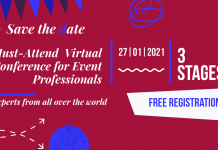
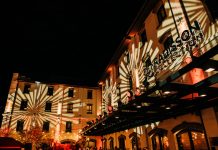















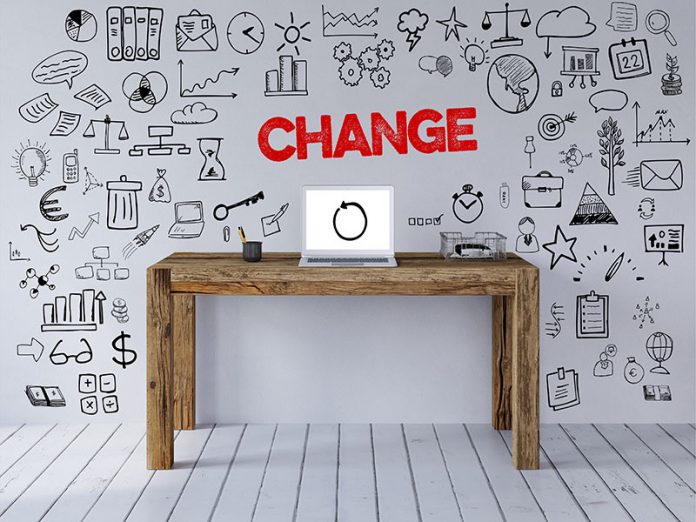













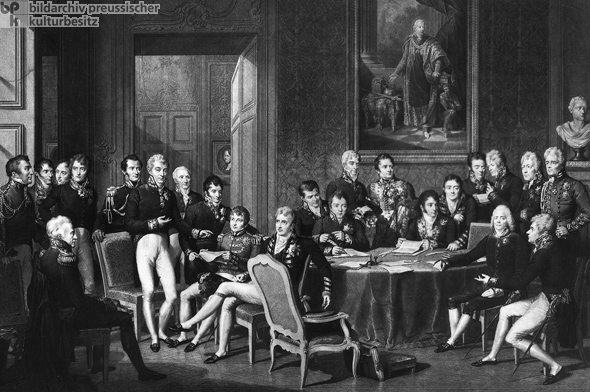

 Srpski
Srpski English
English